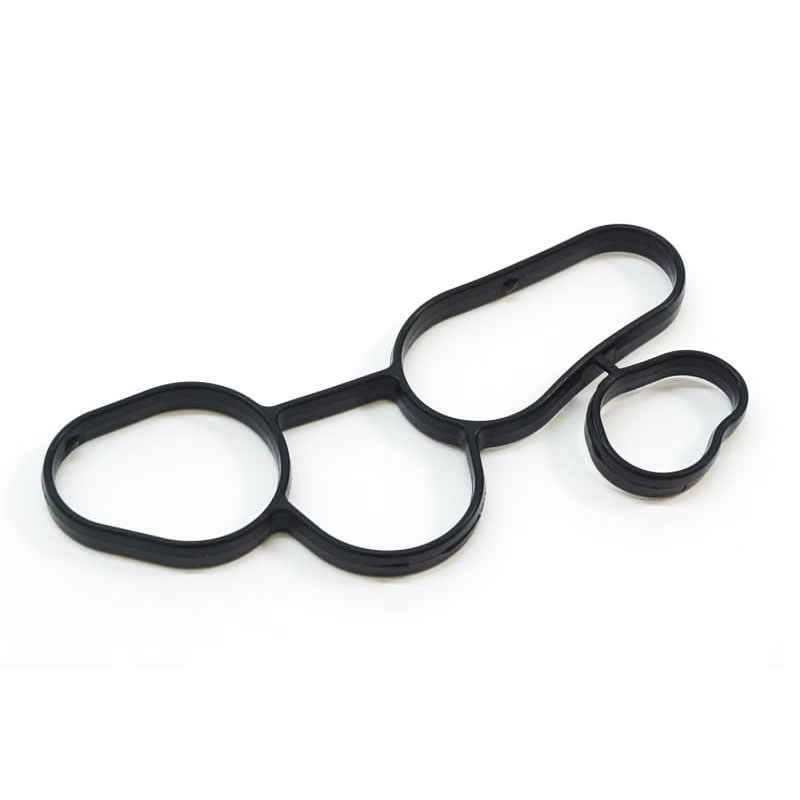double lip shaft seal
Understanding Double Lip Shaft Seals A Comprehensive Overview
Double lip shaft seals are critical components in various mechanical systems, primarily used to prevent leakage of lubricants and protect bearings and other components from contamination by external elements. These seals play an essential role in enhancing the durability and efficiency of machinery, making them vital in multiple industries, including automotive, aerospace, manufacturing, and more.
Design and Structure
A double lip shaft seal, as the name suggests, features two sealing lips. These lips are typically made of resilient materials like rubber or elastomers, designed to maintain flexibility and elasticity over a range of temperatures. The seal usually consists of a metal casing that provides structural support, and the two lips are positioned in such a way that they create a tight fit around the rotating shaft.
The inner lip, which is closer to the lubricant, serves to contain that lubricant within the assembly. The outer lip, positioned on the external side of the seal, acts as a barrier against dirt, dust, and moisture, preventing these contaminants from entering the machine. This dual-action design significantly enhances the seal's effectiveness and extends its operational lifespan.
Applications
Double lip shaft seals are ubiquitous in various applications. In the automotive industry, they are commonly used in engine components, transmission systems, and wheel bearings, where maintaining the integrity of lubricants is crucial for optimal performance and longevity. In industrial machinery, these seals protect rotating shafts in conveyor systems, pumps, and motors from lubricant loss and contamination, thereby ensuring smooth operations.
Aerospace applications also utilize double lip seals in hydraulic systems and landing gear mechanisms, where the prevention of leaks and ingress of contaminants is paramount
. In all these instances, the reliability of double lip shaft seals directly contributes to the overall efficiency and safety of the equipment.double lip shaft seal

Benefits
One of the primary advantages of double lip shaft seals is their superior sealing capabilities. The two lips create an effective barrier that can withstand fluctuations in pressure and temperature, significantly reducing the risk of leakage. This feature is particularly beneficial in high-speed applications, where single lip seals may not provide adequate protection.
Another noteworthy benefit is the seals' durability. Made from high-quality materials, double lip seals are designed to endure harsh operating conditions, including exposure to chemicals, extreme temperatures, and heavy loads. This resilience leads to reduced maintenance costs and extended service intervals, making them an economically viable choice for many industries.
Installation and Maintenance
Proper installation is crucial for the effective functioning of double lip shaft seals. It is essential to ensure that the shaft surface is smooth and free of defects, as any irregularities can compromise the seal's ability to function effectively. Additionally, using the correct installation tools and techniques can prevent damage to the lip seals.
Regular inspections are recommended to ensure that the seals maintain their integrity over time. Signs of wear, damage, or leaks often indicate that seals need to be replaced. In most cases, a proactive maintenance strategy that includes routine checks can prevent unexpected failures and excessive downtime in machinery operations.
Conclusion
Double lip shaft seals are essential components that ensure the longevity and reliability of various mechanical systems. Their innovative design, featuring two sealing lips, offers enhanced performance in terms of leakage prevention and contamination control. With widespread applications across multiple industries, these seals are integral to maintaining equipment efficiency and safety. Given their durability and effectiveness, investing in high-quality double lip shaft seals can result in significant long-term benefits, reducing maintenance costs and minimizing the risk of catastrophic equipment failures. As technology progresses, the materials and designs used in the manufacturing of these seals continue to evolve, promising even greater enhancements in performance and reliability.
-
Understanding the Front Main Engine Seal: Purpose, Maintenance, and Installation
News Jul.29,2025
-
Understanding O-Rings and Seal Rings: Types, Applications, and Custom Solutions
News Jul.29,2025
-
Understanding Crankshaft Oil Seals: Rear Seals, Pulley Seals, and Their Role in Engine Integrity
News Jul.29,2025
-
The Importance of Front and Rear Crankshaft Seals in Engine Performance and Oil Management
News Jul.29,2025
-
Crank Oil Seals: Functions, Types, and Cost Considerations in Engine Maintenance
News Jul.29,2025
-
A Comprehensive Guide to O-Rings and Seals: Types, Materials, and Global Applications
News Jul.29,2025
-
Mastering Diesel and Performance Engine Maintenance: A Guide to Critical Oil Gaskets
News Jul.28,2025
Products categories















